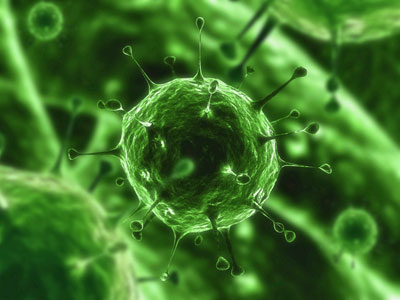
Pathogen, Virus, and Bloodborne Pathogen Defined
Pathogen is defined as a bacterium, virus, or other microorganism that can cause disease.
Virus is defined as a pathogen which can grow and reproduce only after infecting a host cell. More than 400 types of viruses that cause a great variety of illnesses are known. All of them can attach to cell membranes, enter the cytoplasm, take over cellular functions, reproduce their parts, and assemble themselves into mature forms capable of infecting other cells.
Some of the most common are responsible for the common cold, chickenpox, other latent infections such as herpes simplex,and some such as Epstein-Barr virus can cause some cancers.
Bloodborne Pathogen is defined as any pathogenic microorganisms that are present in human blood and can cause disease in humans. These pathogens include, but are not limited to, hepatitis B virus (HBV) and human immunodeficiency virus (HIV).
If you have any questions at any time regarding the information presented in this tutorial, please contact David Sullivan at 910-916-0688.
(Taber's Cyclopedic Medical Dictionary (21st ed.).(2009). Philadelphia, PA:F.A. Davis Company.)
(Webster's Online Dictionary)
(Occupational Safety and Health Administration. Bloodborne Pathogens 29 CFR 1910.1030)